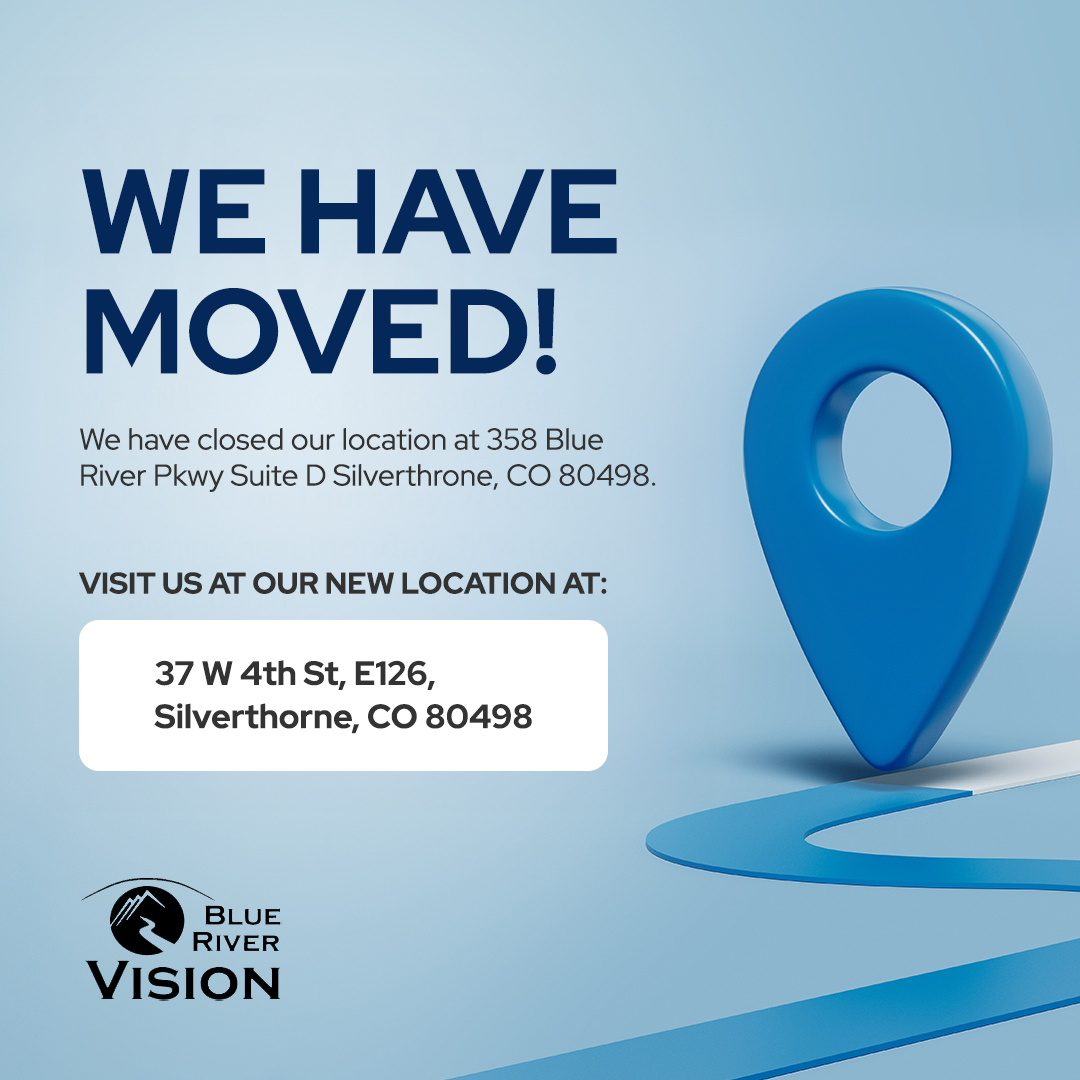
It's easy to remember in the summer time to put on a pair of sunglasses. However, when the snow starts to fly, people often forget how important that UV protection actually is. It is colder out and we are all bundled up protecting our skin...but what about our eyes.
Too much sunlight can actually burn our eyes causing a temporary blindness. This is much more common in the winter time, due to the light rays reflecting off from the snow. This is the cause of "snow blindness." We often don't notice the damage until it is too late, since it takes a while for symptoms to appear. The best way to protect your eyes is the same in the winter as it is in the summer: Sunglasses. Make sure to wear a pair of polarized sunglasses that block 100% of UV rays. And don't forget the ski goggles while on the slopes.
Choosing the right pair of ski goggles can be a challenge. There are a lot of different options out there. Very few manufacturers make polarized ski goggles. The argument is that it makes ice harder to see while you are skiing. I am not an expert skier by any means, but I have not found that the polarized pair of goggles that I wear makes it any harder. It does cut down the light glare, making it more comfortable for me. If you need a prescription, there are fit-over goggles, glasses inserts, and contact lens options. Lastly, you will need to consider interchangeable lenses or maybe transition goggles for the changing light conditions.
Dryness is another issue in the winter. The air is colder and has less humidity. Dryness can cause a gritty, scratchy, uncomfortable feeling and sometimes turns the eyes red as the day goes on. At our high altitude, remember to keep drinking plenty of water, and don't be afraid to grab that bottle of artificial tears (Systane Complete is my recommended choice, unless you are wearing contacts) to keep your eyes moist and symptom free.






